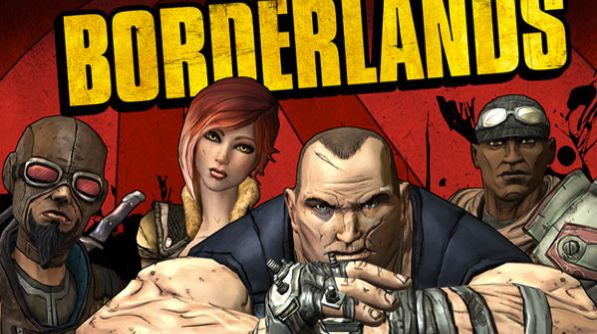AMD puts its chips on a cloud gaming future
Despite reservations, it's an area of intense interest

There was more to our GDC 2013 conversation with AMD's Neal Robison than insight into why Sony turned to his employer - and not Nvidia - to power the PS4.
While mobile vs PC and console game play was a common GDC thread, we took up another gaming debate with the chipmaker's director of ISV relations.
AMD, Robison explained, is in a place where it can impact gaming on a multitude of fronts - PC, console, notebook and tablet. But there's another arena it's about to enter.
"A front that's opening up now that's really interesting is cloud gaming," Robison said. "We've got a new line of products to enable that as well."
Cloud dreams
That new line is the Radeon Sky Series, AMD's first branded cloud GPUs, announced March 28.
Available in three configurations, AMD partnered with four cloud game companies to bring the Sky graphics cards to the ground.
"This is totally the way it needs to work," Robison said of AMD's collaboration with CiiNow, G-Cluster, Otoy and Ubitus. "You can go back to gaming and look at the hardware, as wonderful and as sexy as it is, it's nothing without the software that runs on it."
Get daily insight, inspiration and deals in your inbox
Sign up for breaking news, reviews, opinion, top tech deals, and more.
AMD's position is to give gamers and developers who want to play and work in the cloud space a reliable GPU option, despite reservations held over the practice within the industry.
As GamesRadar's Managing Editor Tom Magrino told us, while cloud gaming has the potential to be the defining feature of next-gen consoles, latency (and the fear of it) is a major hurdle.
And although Sony picked up streaming service Gaikai and promised some cloud gaming capacities for the PS4, the bitter taste of OnLive's "restructuring" is still fresh in many gamers' mouths.
Robison was candid about the shaky software situation.
"Do I think cloud gaming is going to take off? I think it's inevitable," he said. "I just don't know which software is going to really drive it home.
"You saw OnLive try and make a run at it, and it's a shame what happened to them. Gaikai, that was a really interesting one, and that's why they were purchased.
"So you've got some folks all trying to solve what is inevitably going to be a good chunk of gaming, and we just want to give them options."
Software aside, Robison sees a consumer demand that feeds into cloud gaming's growth potential.
"There are gamers right now that find the idea of cloud gaming distasteful because they say, 'That's not they way we've been doing it,'" he explained.
"But there are a lot of consumers who say, 'I can't keep up with the latest and greatest devices. I've got a decent one, but I can't upgrade. I can't buy all these different things to really have these intense experiences. I've got something that will handle casual, but I want to go further.'
"So we say, great, that's a choice. And that comes down to a choice for the partners that are in the cloud gaming program. The four we have right now, it's their choice what they want to do, and then it's the service providers that they then want to work with to deploy this."
It's also about catching the competition: Though Robison didn't say it, Nvidia has already made its mark on the cloud gaming space with its Grid architecture, first announced last May. The rival chipmaker partnered with Gaikai and, in a little twist, G-Cluster, Ubitus and a few other firms to develop for the platform.
Mobile, maybe?
As AMD looks to conquer what Robison referred to as the "four C's" of gaming - console, content, client and cloud - there's an "m" missing from the conversation.
Michelle was previously a news editor at TechRadar, leading consumer tech news and reviews. Michelle is now a Content Strategist at Facebook. A versatile, highly effective content writer and skilled editor with a keen eye for detail, Michelle is a collaborative problem solver and covered everything from smartwatches and microprocessors to VR and self-driving cars.
